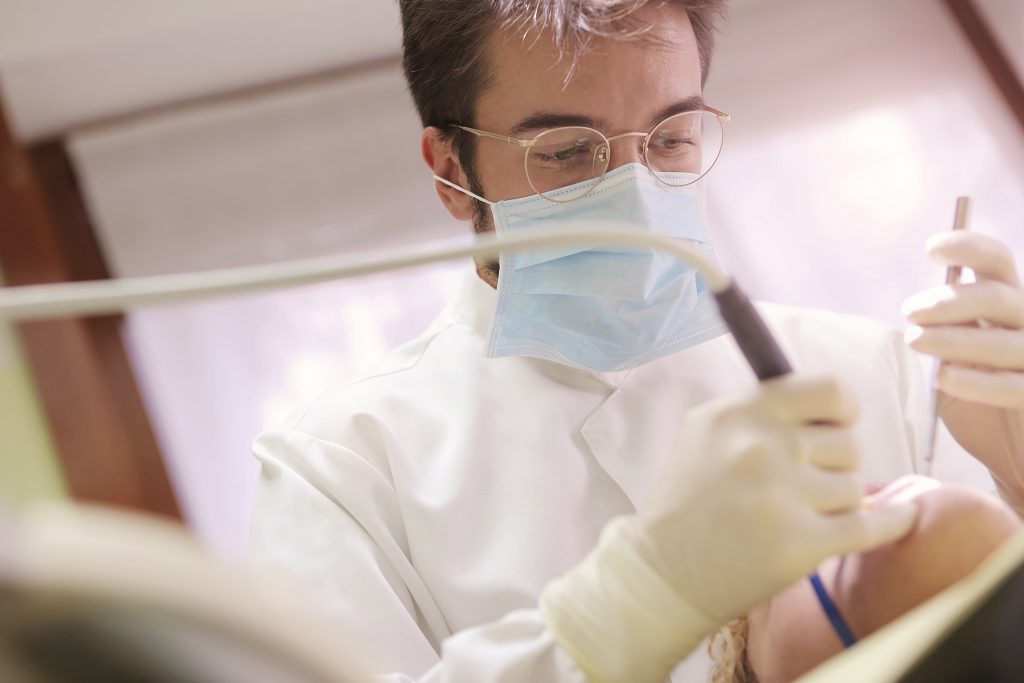How To Reopen Your Dental Practice After Covid-19
Dentistry is having a bad time because of COVID-19, but since some places in the world are reopening, dental offices may see a reprieve, but only if they resume operations intelligently. The BBC mentions that there’s no “business as normal” in the UK for reopening dentists. Challenges already face these practices since many weren’t prepared to open when the government announced reopening. Additionally, dentistry is a high-risk practice during COVID-19 times, and both dentists and their staffs need to ensure their safety. How does a dental practice reopen after COVID-19?
Critical Elements of a Reopening Plan
For dental practices, reopening is more than just seeing patients again. It’s about establishing a “new normal” when it comes to how you see patients. Communication is a vital element in determining the “new normal” in dealing with such an infectious virus. The CDC
has a list of suggestions for dental practices to follow when they reopen. However, the methods mentioned focus solely on the safety of the professionals involved and their staff. Dentists have a responsibility to their clientele as well, and as such, they need to embrace new medical practices that are more conducive to a world still rife with COVID-19.
Video and Telephone Calls for Triage
The dental practice is a forward-thinking region of the medical field, and several professionals have already instituted video and telephone triage. Skilled dentists can use video calls to perform an initial diagnosis, and then suggest whether the client should come in or if they can deal with the problem themselves. Video calls are far more comfortable to use than phone calls for this method since patients are notorious for not being able to describe their symptoms accurately. The limiting of personal contact can help dentists keep both their clients and their staff and themselves safe from the virus.
Staggering Appointments and Waiting Room Clusters
Medical waiting rooms are the worst place to be in the middle of a viral crisis. The proximity of other patients will lead to an increased chance of infection. In keeping with social distancing laws, a dental practice must adapt their waiting room procedures. Even if you’re coming in for something like dental implants, you don’t need to remain within the waiting area. Some dentists have advised clients to visit the administration desk to register their arrival and then wait in the relative safety of their cars until they’re called, usually by phone or message. These practices further help to enforce social distancing and reduce spread through a clustered waiting room.
Contending With the New Normal
We’re faced with a unique challenge with the spread of COVID-19, not only as people but as professionals. Dentistry practices need to do their part as members of the medical fraternity to ensure that infection rates remain low. As the world adapts to a new way of doing things, the dental profession shouldn’t be left behind. Instead, we should look at this to be more proactive in ensuring our clients’ health.

